Xinzhi Wang
ToolACE: Winning the Points of LLM Function Calling
Sep 02, 2024



Abstract:Function calling significantly extends the application boundary of large language models, where high-quality and diverse training data is critical for unlocking this capability. However, real function-calling data is quite challenging to collect and annotate, while synthetic data generated by existing pipelines tends to lack coverage and accuracy. In this paper, we present ToolACE, an automatic agentic pipeline designed to generate accurate, complex, and diverse tool-learning data. ToolACE leverages a novel self-evolution synthesis process to curate a comprehensive API pool of 26,507 diverse APIs. Dialogs are further generated through the interplay among multiple agents, guided by a formalized thinking process. To ensure data accuracy, we implement a dual-layer verification system combining rule-based and model-based checks. We demonstrate that models trained on our synthesized data, even with only 8B parameters, achieve state-of-the-art performance on the Berkeley Function-Calling Leaderboard, rivaling the latest GPT-4 models. Our model and a subset of the data are publicly available at https://huggingface.co/Team-ACE.
DiGRAF: Diffeomorphic Graph-Adaptive Activation Function
Jul 02, 2024



Abstract:In this paper, we propose a novel activation function tailored specifically for graph data in Graph Neural Networks (GNNs). Motivated by the need for graph-adaptive and flexible activation functions, we introduce DiGRAF, leveraging Continuous Piecewise-Affine Based (CPAB) transformations, which we augment with an additional GNN to learn a graph-adaptive diffeomorphic activation function in an end-to-end manner. In addition to its graph-adaptivity and flexibility, DiGRAF also possesses properties that are widely recognized as desirable for activation functions, such as differentiability, boundness within the domain and computational efficiency. We conduct an extensive set of experiments across diverse datasets and tasks, demonstrating a consistent and superior performance of DiGRAF compared to traditional and graph-specific activation functions, highlighting its effectiveness as an activation function for GNNs.
Explanation of Reinforcement Learning Model in Dynamic Multi-Agent System
Aug 04, 2020



Abstract:Recently, there has been increasing interest in transparency and interpretability in Deep Reinforcement Learning (DRL) systems. Verbal explanations, as the most natural way of communication in our daily life, deserve more attention, since they allow users to gain a better understanding of the system which ultimately could lead to a high level of trust and smooth collaboration. This paper reports a novel work in generating verbal explanations for DRL behaviors agent. A rule-based model is designed to construct explanations using a series of rules which are predefined with prior knowledge. A learning model is then proposed to expand the implicit logic of generating verbal explanation to general situations by employing rule-based explanations as training data. The learning model is shown to have better flexibility and generalizability than the static rule-based model. The performance of both models is evaluated quantitatively through objective metrics. The results show that verbal explanation generated by both models improve subjective satisfaction of users towards the interpretability of DRL systems. Additionally, seven variants of the learning model are designed to illustrate the contribution of input channels, attention mechanism, and proposed encoder in improving the quality of verbal explanation.
Emotion Correlation Mining Through Deep Learning Models on Natural Language Text
Jul 28, 2020


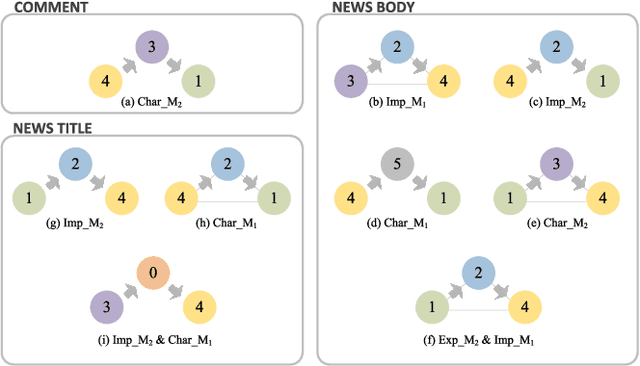
Abstract:Emotion analysis has been attracting researchers' attention. Most previous works in the artificial intelligence field focus on recognizing emotion rather than mining the reason why emotions are not or wrongly recognized. Correlation among emotions contributes to the failure of emotion recognition. In this paper, we try to fill the gap between emotion recognition and emotion correlation mining through natural language text from web news. Correlation among emotions, expressed as the confusion and evolution of emotion, is primarily caused by human emotion cognitive bias. To mine emotion correlation from emotion recognition through text, three kinds of features and two deep neural network models are presented. The emotion confusion law is extracted through orthogonal basis. The emotion evolution law is evaluated from three perspectives, one-step shift, limited-step shifts, and shortest path transfer. The method is validated using three datasets-the titles, the bodies, and the comments of news articles, covering both objective and subjective texts in varying lengths (long and short). The experimental results show that, in subjective comments, emotions are easily mistaken as anger. Comments tend to arouse emotion circulations of love-anger and sadness-anger. In objective news, it is easy to recognize text emotion as love and cause fear-joy circulation. That means, journalists may try to attract attention using fear and joy words but arouse the emotion love instead; After news release, netizens generate emotional comments to express their intense emotions, i.e., anger, sadness, and love. These findings could provide insights for applications regarding affective interaction such as network public sentiment, social media communication, and human-computer interaction.
Estimation of Inter-Sentiment Correlations Employing Deep Neural Network Models
Nov 24, 2018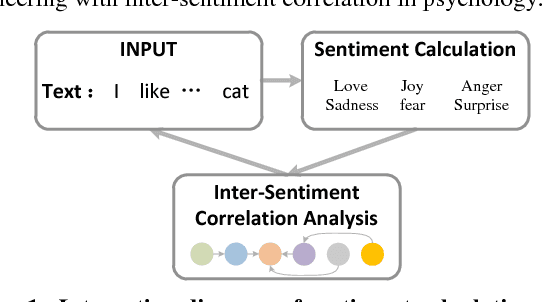
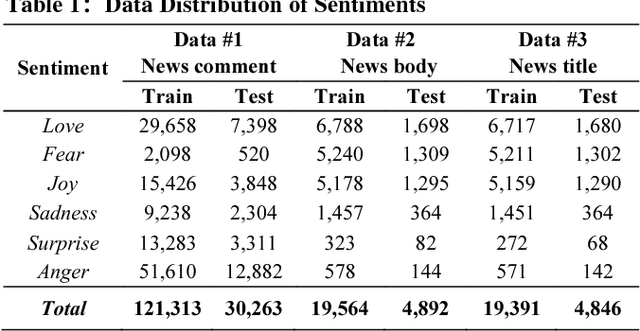
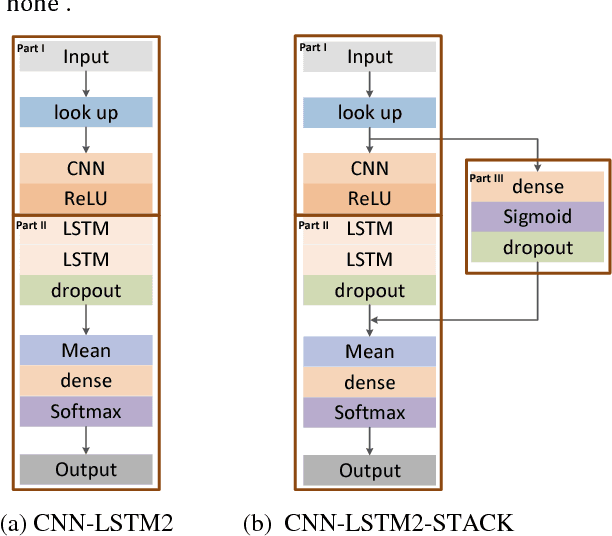
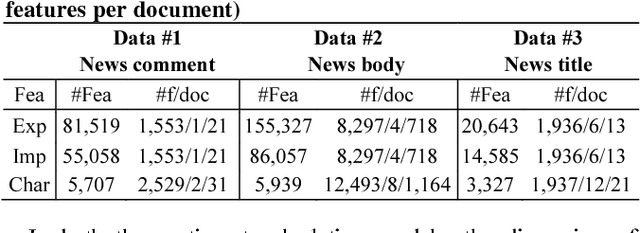
Abstract:This paper focuses on sentiment mining and sentiment correlation analysis of web events. Although neural network models have contributed a lot to mining text information, little attention is paid to analysis of the inter-sentiment correlations. This paper fills the gap between sentiment calculation and inter-sentiment correlations. In this paper, the social emotion is divided into six categories: love, joy, anger, sadness, fear, and surprise. Two deep neural network models are presented for sentiment calculation. Three datasets - the titles, the bodies, the comments of news articles - are collected, covering both objective and subjective texts in varying lengths (long and short). From each dataset, three kinds of features are extracted: explicit expression, implicit expression, and alphabet characters. The performance of the two models are analyzed, with respect to each of the three kinds of the features. There is controversial phenomenon on the interpretation of anger (fn) and love (gd). In subjective text, other emotions are easily to be considered as anger. By contrast, in objective news bodies and titles, it is easy to regard text as caused love (gd). It means, journalist may want to arouse emotion love by writing news, but cause anger after the news is published. This result reflects the sentiment complexity and unpredictability.
 Add to Chrome
Add to Chrome Add to Firefox
Add to Firefox Add to Edge
Add to Edge